They used to dominate the Negros landscape with their huge frame and the thunder of their approach can be heard even from a distance. A welcome disturbance in a bucolic landscape for it means it is already milling season. The climax of the 9-12 months of waiting for the canes to be harvested.
Steam locomotives or Iron Dinosaurs as we call them were used to transport harvested sugarcane from the fields to the sugar centrals for milling. The Insular Lumber Company (ILCO) also used steam locomotives in transporting lumber from the mountains to their sawmill at Fabrica, Sagay City. These magnificent machines are a big part of Negros’ history as much as the sugar industry.
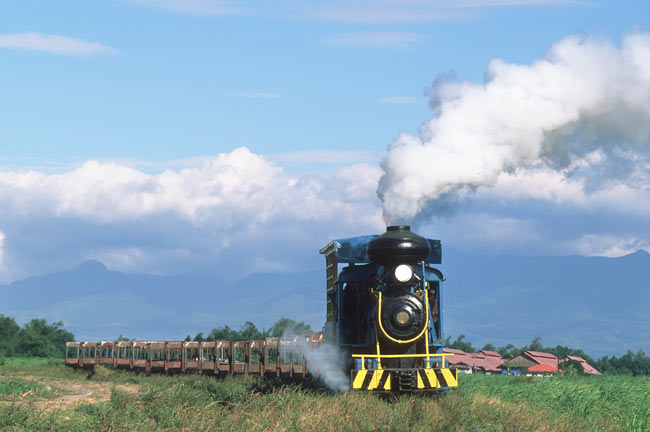
Today, Negros Island produces approximately 56% of the total cane production of the Philippines. Of the 30 sugar mills in the Philippines, 12 can be found in Negros.* It’s no wonder then that the sugar industry is a major force that shaped the history of Negros.
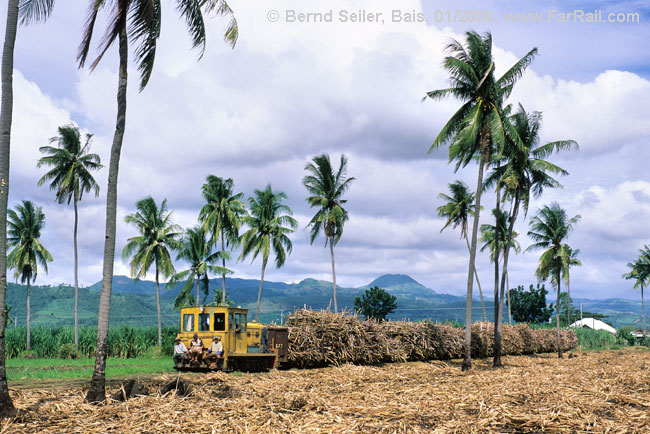
The sugar industry was introduced in Negros during the Spanish period and by the 1860s Negros was the leading producer of sugar in the Philippines. When Negros sugar industry was shaken by the much publicized crisis in the 1980s, 85% of Negros population fell below the poverty line. Since then, it was an uphill battle for the sugar stakeholders. Several sugar mills were eventually closed down.
Consequently, the closure of the sugar centrals spelled the end to most steam locomotives. Some were sold to mining companies in the country while some were saved and displayed for posterity as a bittersweet remembrance of the once thriving industry. Others suffered a grimmer fate and were sold as scraps.
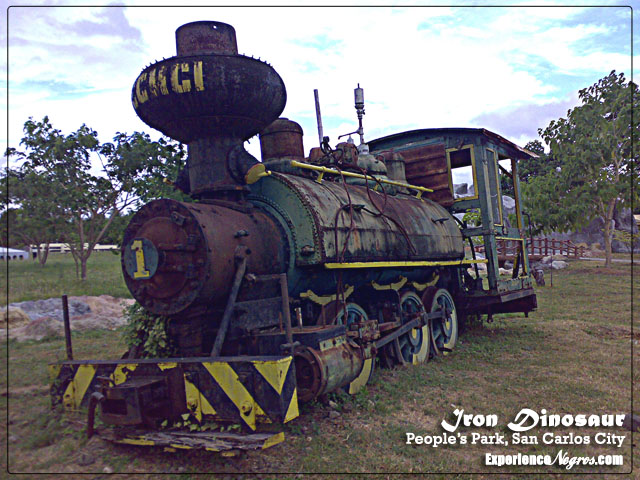
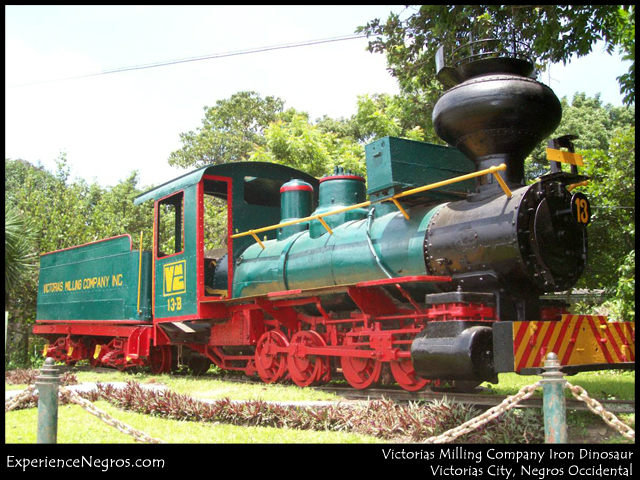
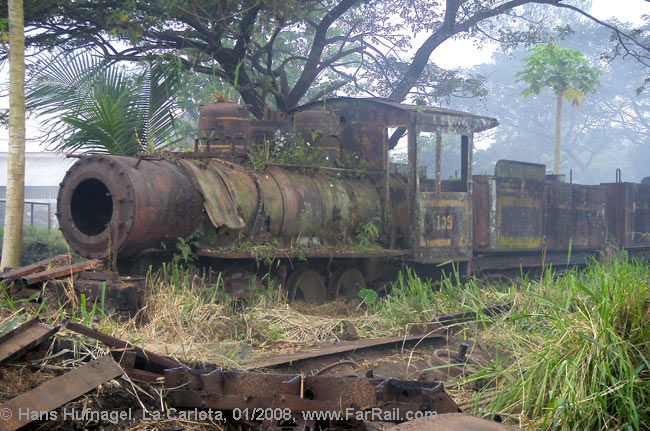
Steam locomotive enthusiasts of FarRail.com of Germany visited Negros in 2006, 2007 and 2008. In the last year of their visit, they were in for some disappointments. Of the 12 sugar mills in Negros, only two are still operating their railway with steam locomotives, the Hawaiian-Philippine Company and Central Azucarera de Bais. The good news is that Central Azucarera de Bais is not planning on closing their railway operation. However, the condition of the Hawaiian-Philippine railway has made Bernd Seiler of FarRail to conclude,
Time has passed over the island and taken away the experience and left broken tracks and blocked boilers.
The chapter of sugar cane lines in the Philippines has almost come to an end.
The fate of the Iron Dinosaurs is a sad reminder of the glory days lost. The year 2008 may be the last year that steam enthusiasts of FarRail.com will ever visit Negros. With only a few railways in operation, traveling all the way from Germany is no longer practical.
Hopefully, a sugar museum will eventually be put up in order to preserve what’s left of the Iron Dinosaurs. In this way, the future generations will have a glimpse of the past and will appreciate the contributions that the sugar industry made in Negros and in the Philippines in general.
______________
*Directory of Sugar Mills, Crop Year 2008-2009. www.sra.gov.ph
Photos from FarRail.com are used with permission.

Sad to see that none of the super-rich here are sufficiently patriotic to restore these beautiful pieces of Filipino history. Steam locomotives of all sizes are alive, running and in perfect condition in England, having been thrown onto the scrap heap by British Rail when diesel took over. We could do the same.
I agree, I hope somebody or perhaps an organization will save these steam locomotives and put up a sugar museum.
Dear Glady,
Thank you for your historical info on those old trains. I am especially interested in the background of the sugar industry on Negros, especially as it operated in the Bacolod-Murcia area in the late 19th century. It’s a personal and an objective interest both. I’m looking into my grandfather’s activities in the late 19th when he came to Negros as an “engineer” with the industry and seemed to have concentrated on the trains and other machinery there. Named Gregorio Llorca, he came to Negros in the 1890’s from Manila, possibly in connection with the sugar aspect of business of the Compania General de Tabacos. He married someone from Murcia on Negros and we are his descendants, all born in Bacolod City from one of his two sons.
Hello,if in case you have some Plan generator you need to dispose please have to inform us we will buy any machine related on your plan.
Regards
428 28 57
@Butz – It can be a good tourist attraction. Hopefully somebody in power can make this a reality.
i hope some money eyed negrosanon will envisioned to put up a train museum with refurbished steam engines, steam boilers and turbines and other steam equipment as an added attraction to the museum. bacolod murcia milling company can be used as a museum to display this negros heritage they have the facilities and the equipment for display.
cheers
butz
wow…reminiscing my younger years in Pampanga. I was born in a barrio surrounded by sugar canes and we used to climb (and ride) those Iron Dinosaurs
Hahaha! Oo nga Mommy no? Showing na pala Ice Age 3. Pang iron age itong mga iron dinosaurs.
I was thinking that I will be reading about actual dinosaurs in time for Ice Age 3. Hehehehe… 😀